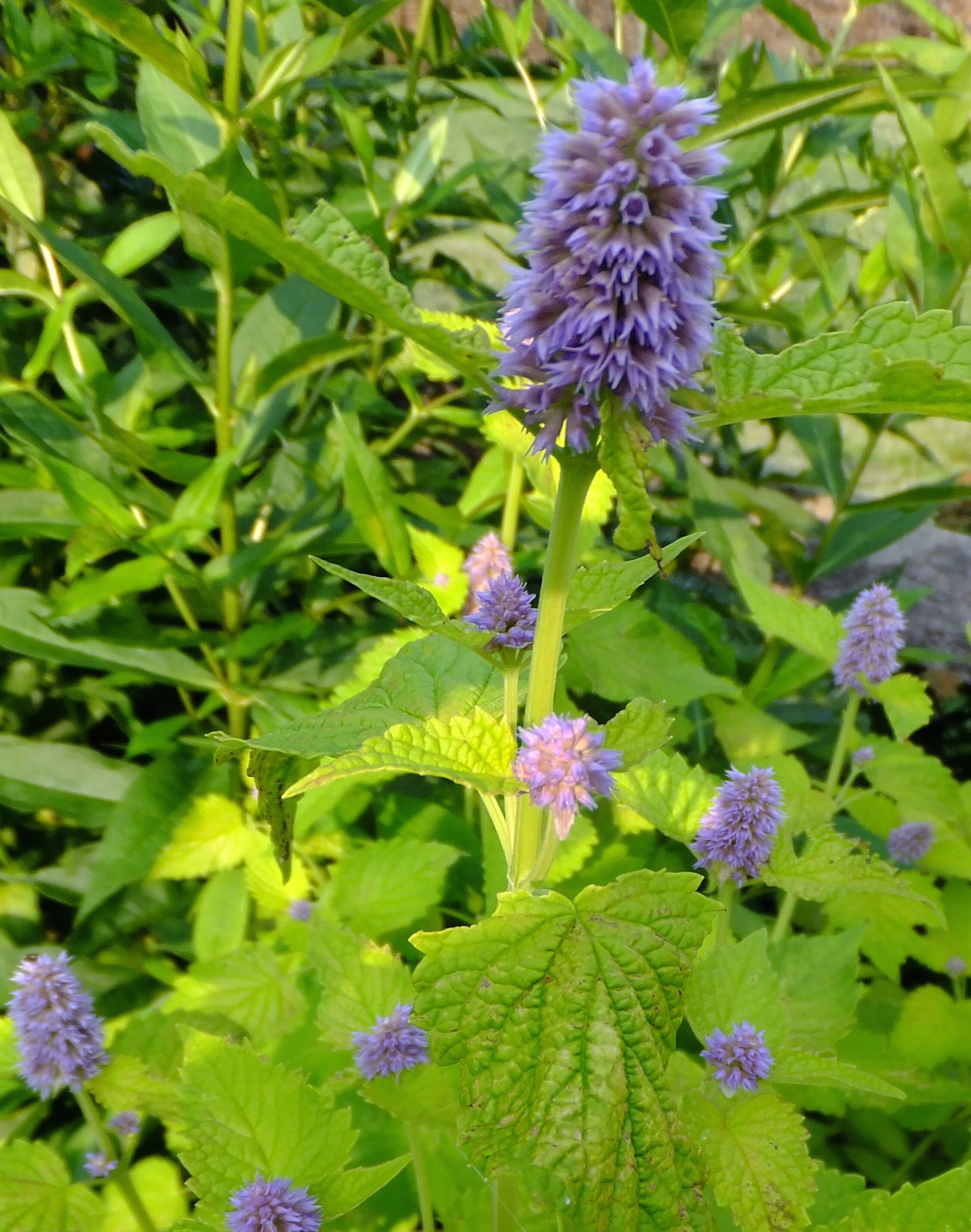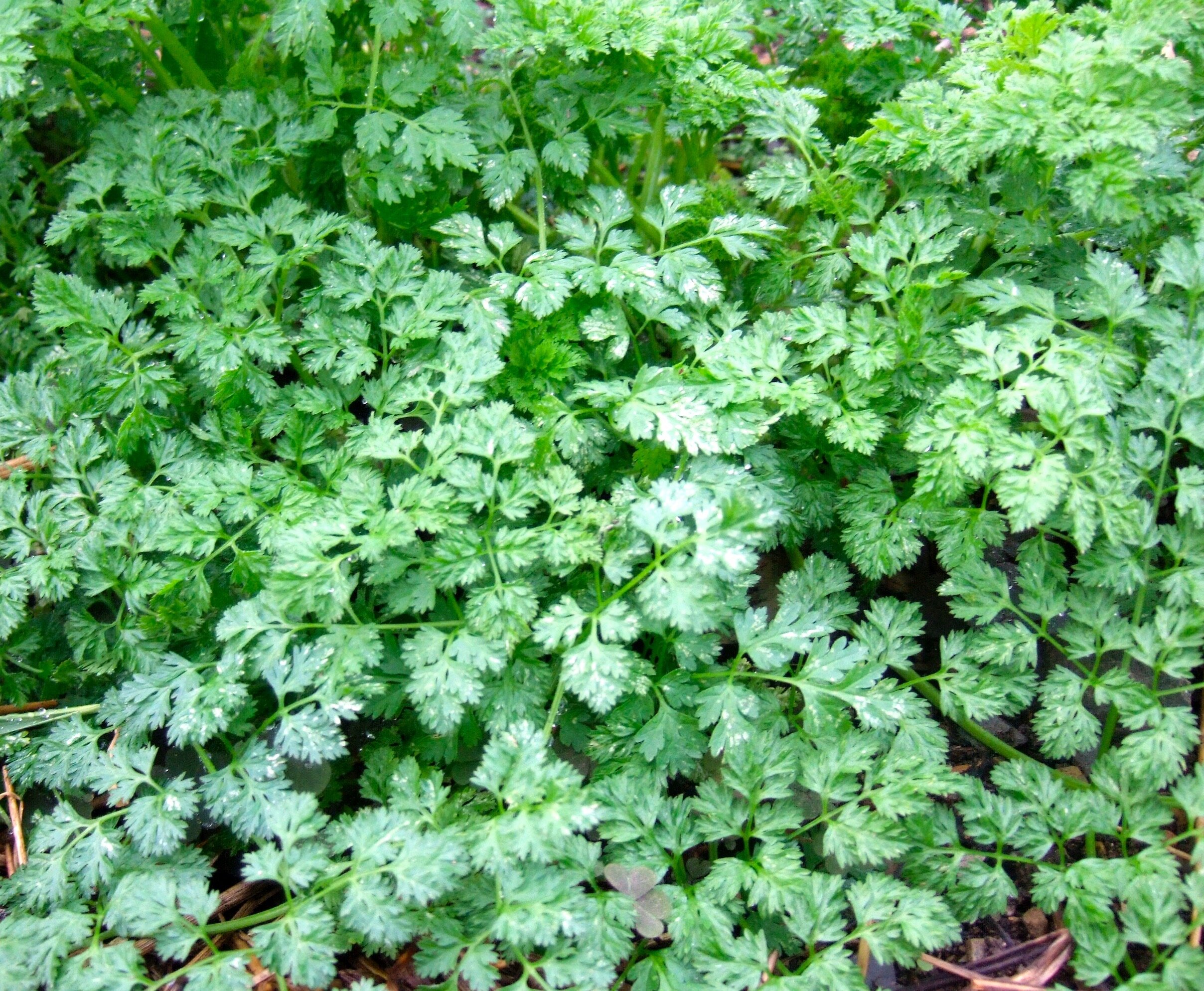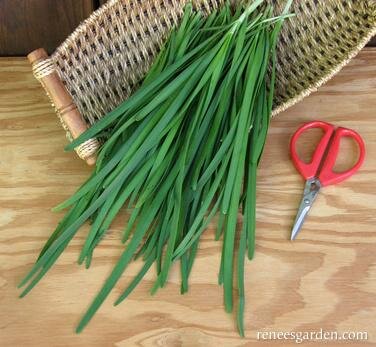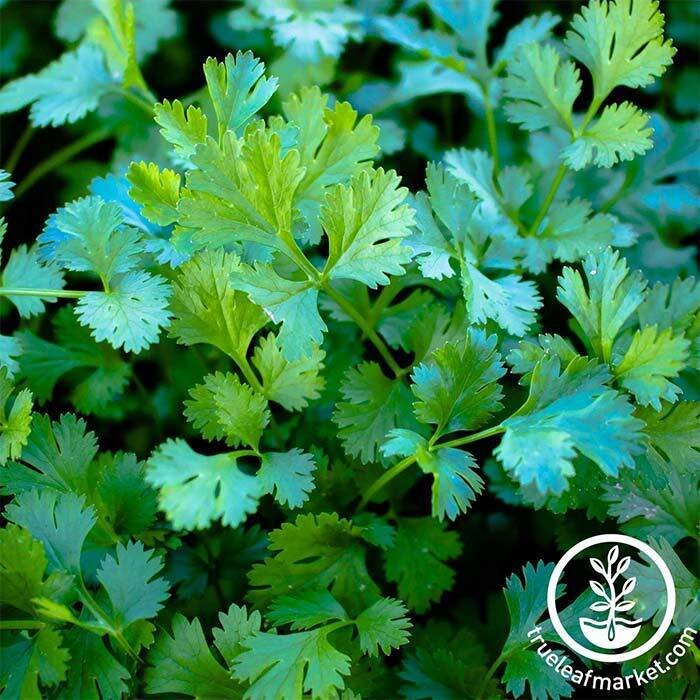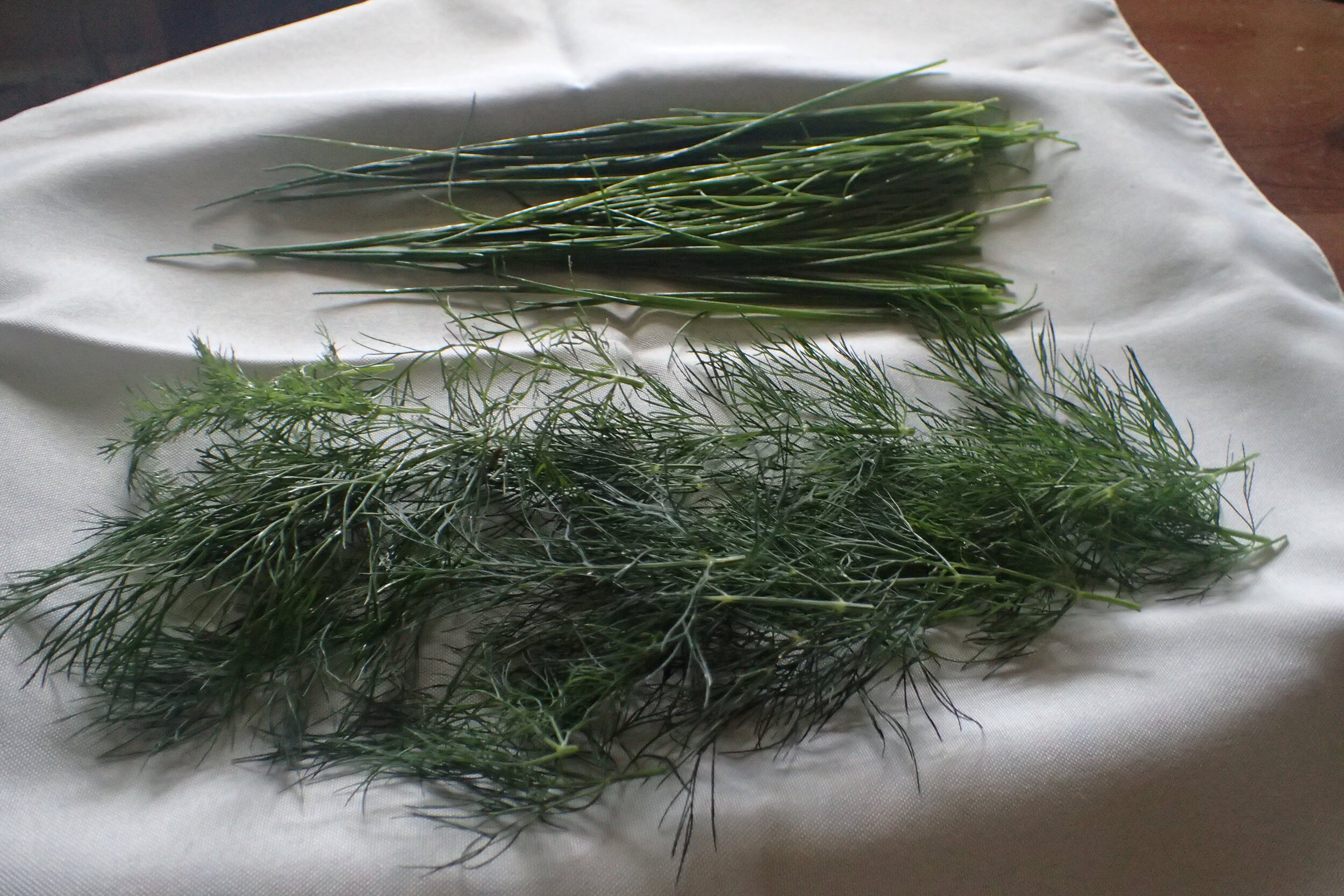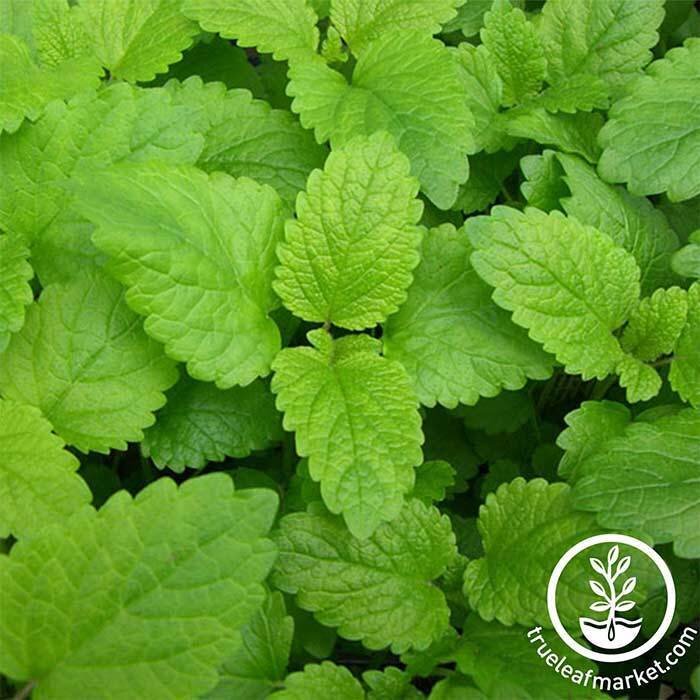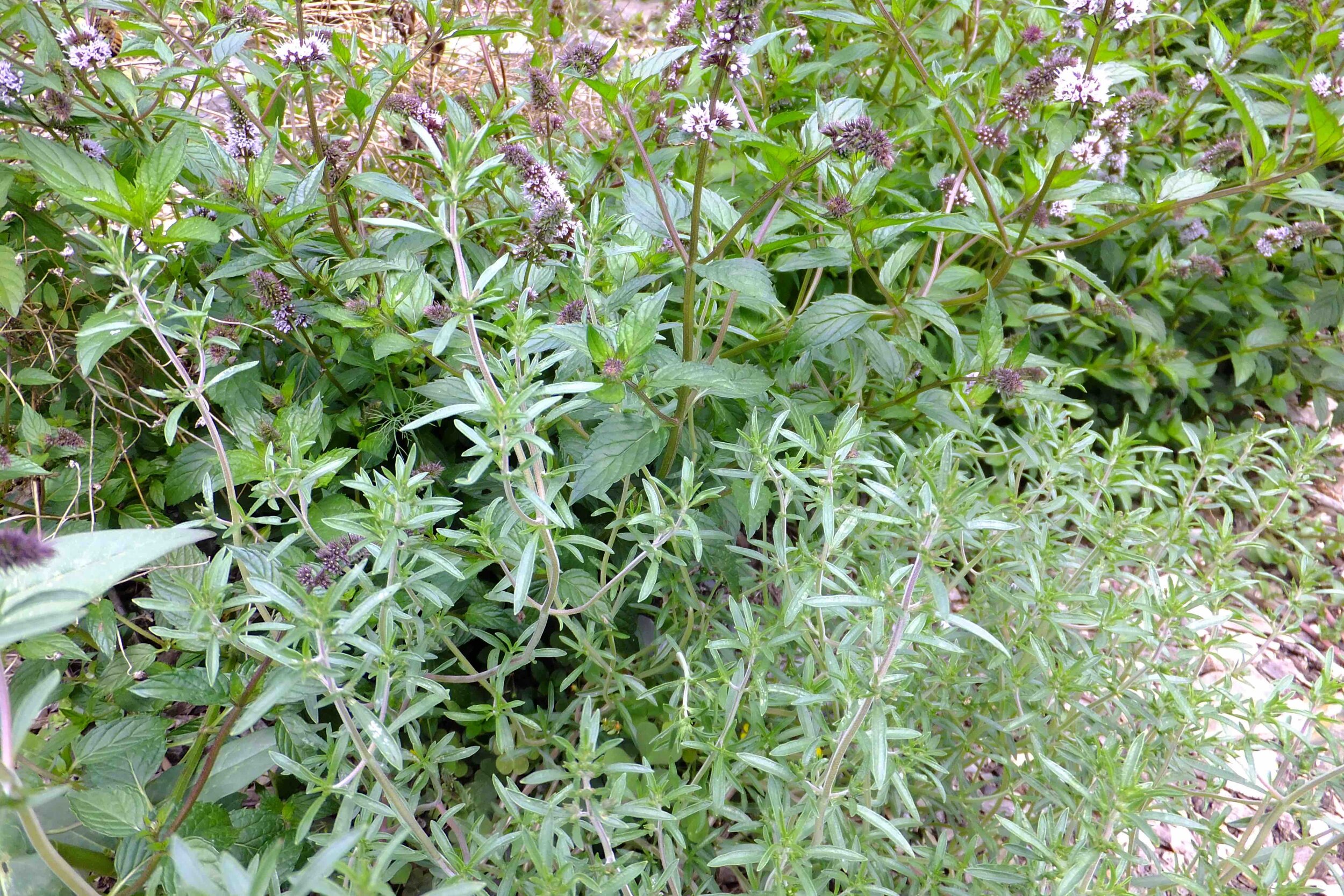Growing And Using Garden Herbs
Herbs picked fresh from the garden will take a tried-and-true summer recipe up a notch or two. Imagine salmon served with a fresh dill sauce, or delectable hors d’oeuvres featuring tomato, mozzarella, and garden basil. Or grilled cheese with cilantro!
Garden herbs inspire kitchen creativity. Here are some of the easiest herbs to grow from seed, and some ideas for how to use them in the kitchen.
Anise Hyssop (left) is as beautiful as it is useful. And pollinators love it! Plant seeds in a container or in the ground in loose, rich soil. By summer, 3 ft tall purple spikes will be a major pollinator attraction.
The easiest use for anise hyssop is as a tea. Simply pour hot water over a sprig of leaves. Flowers are also edible, and make tasty garnishes for salads.
Basil (center) is the taste of summer, and is as easy to grow in a generous size container as in the garden. Provide it with rich, loose soil and pinch plants when they’re small to encourage branching. Harvest tender stems frequently, putting them in a vase of water (rather than in the refrigerator) to keep fresh.
Renee Shepherd of Renee’s Garden calls basil “the soulmate of fresh sliced tomatoes.” In addition to that classic pairing, you can puree the leaves with extra virgin olive oil to make a delicious pesto, freezing some for winter use. Chopped leaves also make a delectable flavoring for rice dishes, or a tasty garnish for soups.
Chervil (right), a parsley lookalike, acts nothing like parsley in the garden. For one thing, it is a cool-weather annual that quickly bolts in summer. Unlike most herbs, it thrives in the shade. Plant the seed in moist, rich soil, and keep in well watered.
Chervil’s subtle anise flavor is a natural with mild-flavored foods like fish, chicken, and eggs. Chopped small and mixed with lemon juice and butter, it makes a flavorful sauce.
Harvesting Tip: Harvest the leaves of herbs in the morning after the dew has dried but before the day heats up. Pick edible flowers just as they begin to open.
Chives (left) are problem free in the garden, and beautiful in flower. Sow the seeds in clusters of 7 to 10 seeds in soil mix or soil that is free of weed seeds. Slender, fragile seedlings will emerge over several weeks. Once the leaves are big enough to use, harvest what you need, leaving an inch or two on the plant.
Chives have a delicate onion flavor, and pair well with seafood, eggs, chicken, potatoes—the list goes on. Chop them and add to creamy salad dressings; mix them with garlic and softened butter; add them to potato salad, omelets, or cornbread. Chives make savory dishes richer and tastier, not to mention more visually appealing!
Cilantro (center) like its carrot relatives, grows best when sown directly in well-drained, moist soil. Successive sowings in spring and early summer will keep it coming for a longer period, but it will eventually bolt in the heat. Be sure to sow again in late summer—in many parts of the country, cilantro performs better in fall, and in mild winter climates, a fall sowing can last much of the winter.
Try some tender leaves on a grilled cheese and tomato sandwich, or add chopped leaves to salads. A classic summer recipe from Burpee Seeds combines fresh corn boiled for just 5 minutes, chopped tomatoes, cucumber, and sweet red onion, tossed with balsamic vinaigrette and a generous amount of chopped fresh cilantro. Chill before serving, and, if you like, add chopped avocado.
Dill (right) like cilantro, is best sown directly in your rich garden soil. An all around great garden plant, it offers a long season of delights: flavorful feathery leaves followed by striking yellow umbels (that attract pollinators and predator insects!) and, later in summer, dill seeds for flavoring pickles. Plants are tall but delicate, and will grow easily among more robust garden plants.
Salmon and dill make a perfect pairing. Combine minced dill (the more the better) with equal parts mayonnaise and sour cream; add salt, pepper, and a squeeze of fresh lemon for a creamy sauce that’s excellent on grilled salmon and makes leftovers into a gourmet treat.
Lemon balm (left) is an easy garden plant, and bees love it. Be forewarned that it will self-sow, turning a single plant into a large patch within a year or two. If this is a problem your options are two: pull out the seedlings you don’t want, or cut plants back after they flower.
Its tangy taste is refreshing in hot or iced teas (or martinis!), and on chicken breasts. Or chop some leaves and sprinkle on fruit salads. It can also be used to flavor vinegar. Fill a jar halfway with fresh leaves and cover them with white wine vinegar. Store the jar in a cool, dark, place and after a week or so, do a taste test. If it’s ready, strain the vinegar into a clean jar, and enjoy.
Parsley (center) is a biennial herb. Sow Italian flat or curly parsley in spring, either in the ground or in a container, and you’ll have fresh sprigs to enjoy for the entire summer. It will return the following spring, but will quickly bolt. Parsley, particularly the curly varieties, makes a beautiful garden edging.
Combine parsley with bulgur wheat, tomatoes, cucumber, chopped red onion, olive oil and lemon juice, and a little chopped mint for a nutritious tabbouleh salad. Or toss new potatoes with butter and chopped parsley for a simple summer treat. Gardens Alive suggests mixing chopped fresh parsley, basil, and mint leaves with finely chopped garlic and combining with a stick of softened butter. Spread the herbed butter on a loaf of Italian bread, halved lengthwise, then close the loaf back together and heat it in the oven until the butter has melted for a delicious version of herbed garlic bread.
Summer Savory (right) is the ultimate go-with-anything herb. Sprinkle seed directly in the garden in moist, well-drained soil. The lanky yet compact plants can be harvested for much of the summer—strip the leaves from the stem as you would thyme. Remember to hang a few plants in a cool dark place for winter use.
“Maritime Canadians know and love it, and use it the way sage is used elsewhere,” say the folks at West Coast Seeds. They recommend using summer savory in poultry stuffing and stews.


